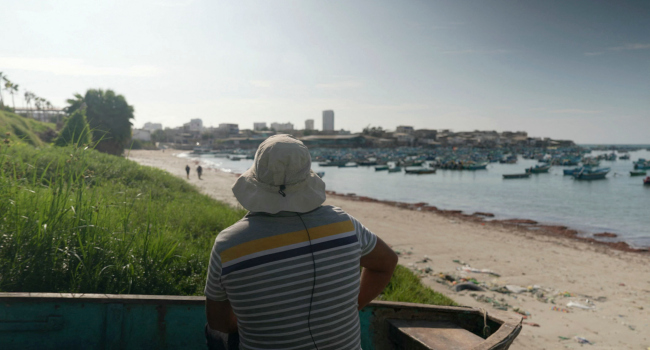In Ecuador’s picturesque coastal town of Salinas, known for its serene beaches and hotels, a hidden conflict rages unnoticed by most tourists. Here, criminal gangs forcibly recruit fishermen into the drug trade, turning one of Latin America’s historically peaceful nations into a hub of violence.
“Protest, and you die,” warned a 35-year-old fisherman from Santa Rosa pier, situated in Santa Elena province’s Salinas, a community of 35,000 inhabitants. Speaking anonymously due to fear of reprisal, he described how fishermen face stark choices: transport cocaine for substantial pay or risk their lives by refusing.
Sandwiched between Colombia and Peru, the world’s top cocaine producers, Ecuador has witnessed a surge in violence as rival gangs aligned with Mexican and Colombian cartels vie for control. This escalation has transformed tranquil areas like Salinas into battlegrounds where trafficking routes to the US and Europe are fiercely contested.
Unlike Guayaquil, Ecuador’s major commercial hub where large-scale drug smuggling via shipping containers occurs, Santa Elena sees more modest operations. Here, trafficking is conducted on a smaller scale, often using fishing boats or semi-submersible vessels.
President Daniel Noboa, whose political stronghold lies in Santa Elena, has declared a state of “internal armed conflict” in a bid to combat organized crime. However, criminal gangs like Los Choneros, along with smaller factions such as Los Lagartos and Los Tiguerones, exert significant control over the region.
Local fishermen, integral for their knowledge of the sea and weather conditions, are coerced into service under threat of violence. Despite the allure of earnings up to $10,000 per shipment — significant in an industry suffering from dwindling fish stocks — many are coerced into compliance with the ominous choice of “silver or lead” — accept payment or face death.
Those who resist are not spared, facing extortion, violence, and even death. Recent incidents, including a fatal shooting at a fishing port in Esmeraldas where nine people were killed, underscore the deadly consequences of resistance or perceived affiliation with rival gangs.
In the perilous waters off Ecuador’s coast, where gangs clash violently over their trafficking territories, innocent fishermen often find themselves caught in the deadly crossfire or targeted for suspicion alone.




